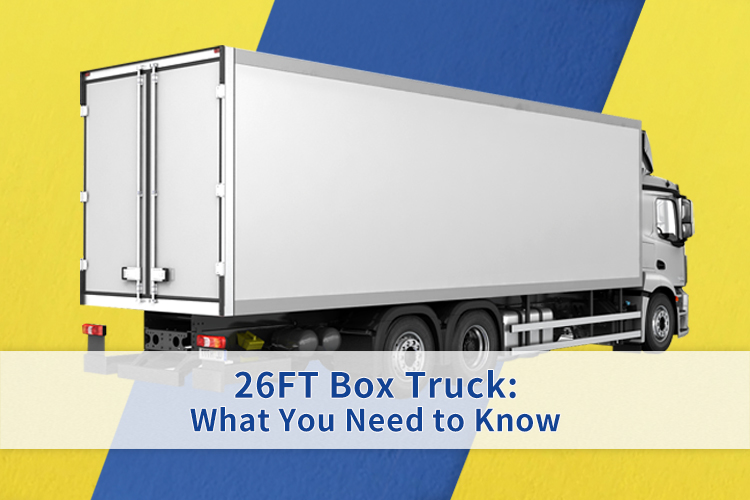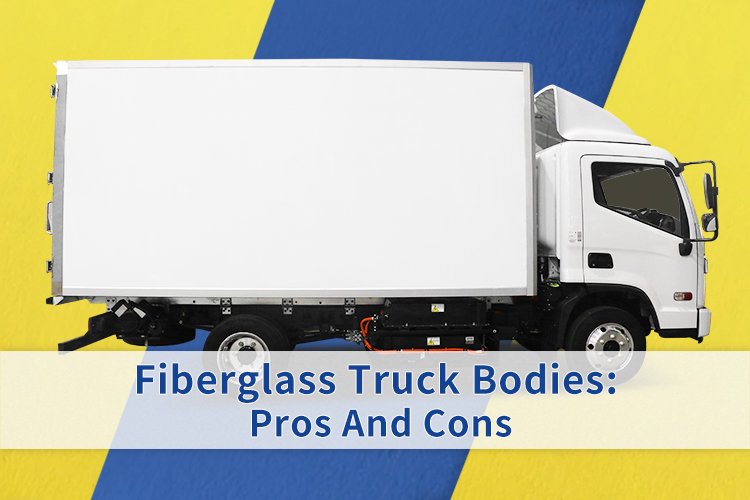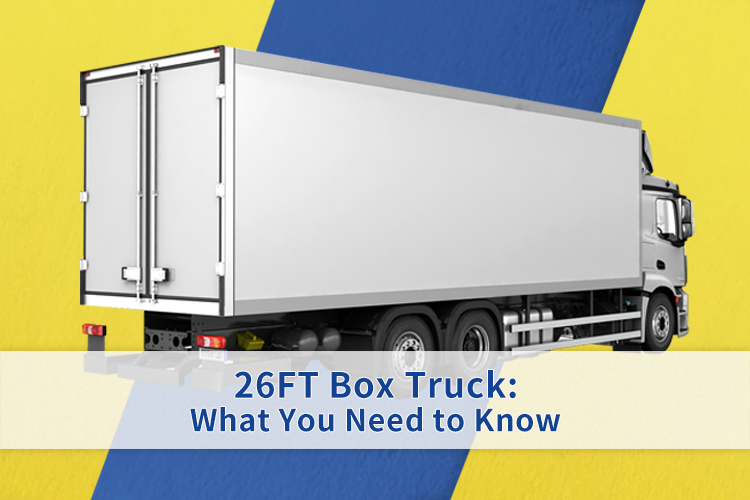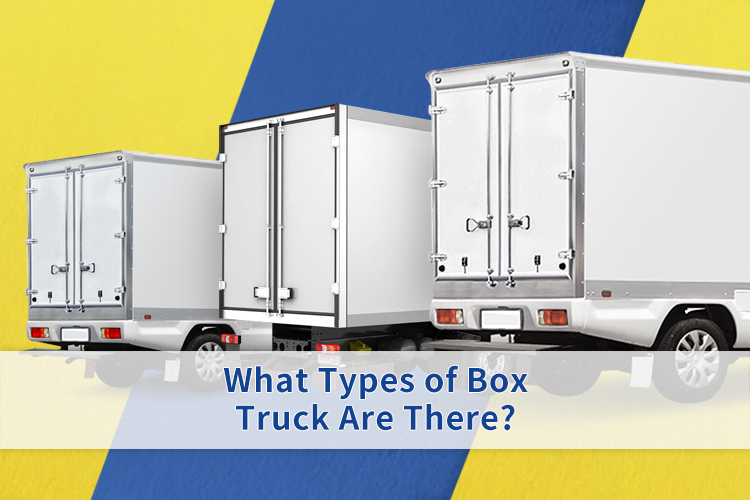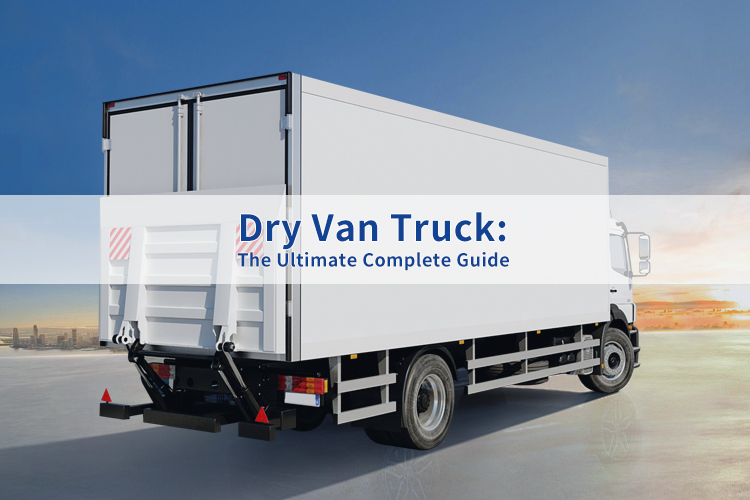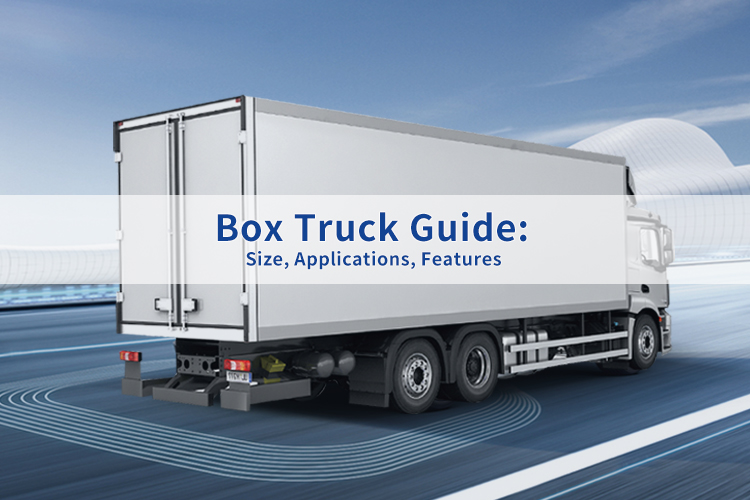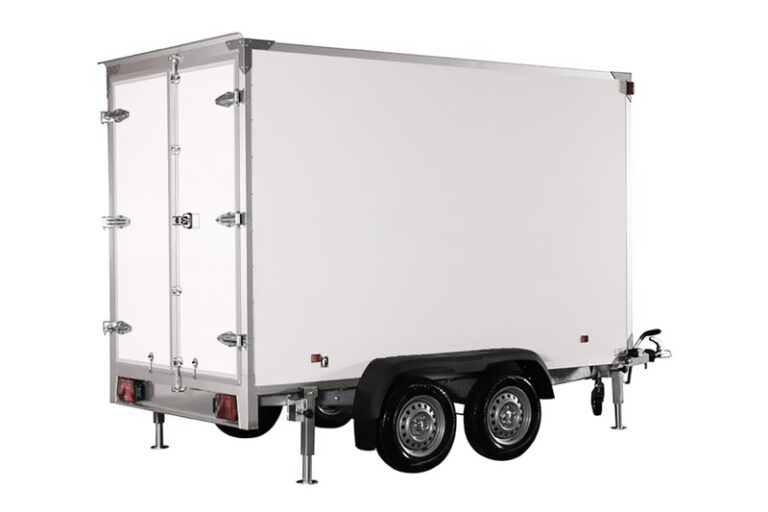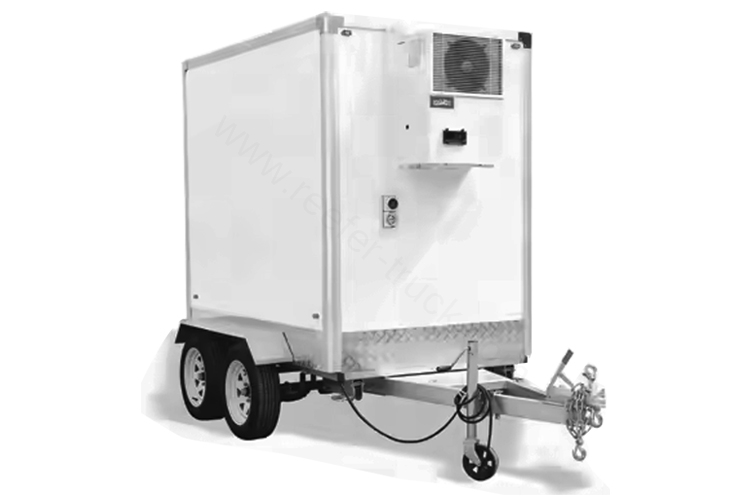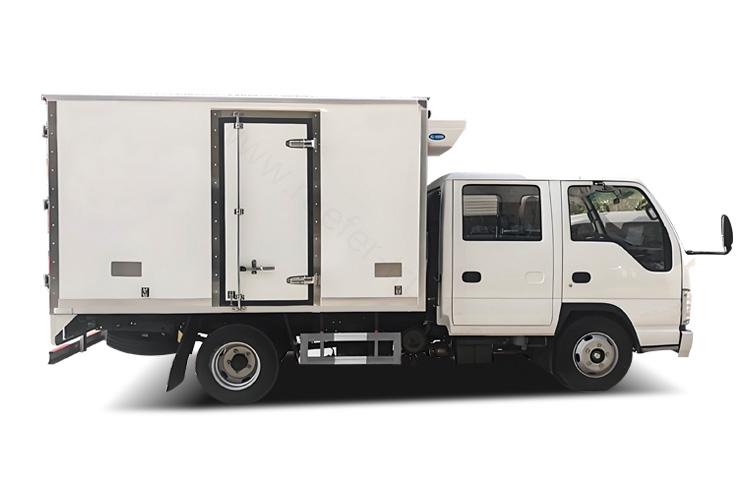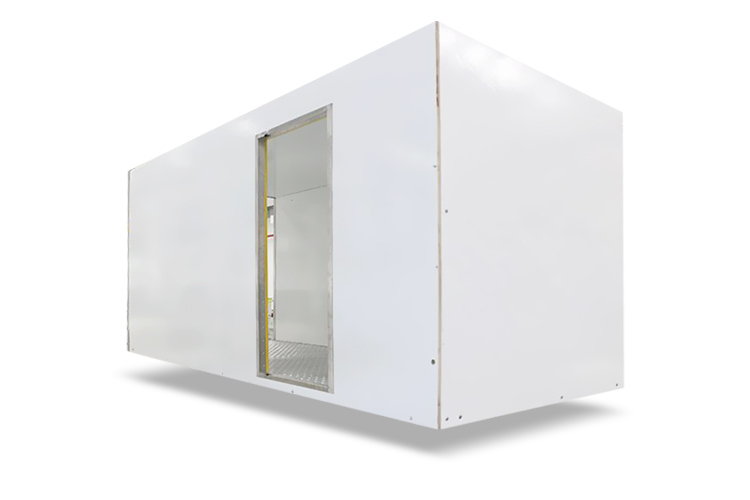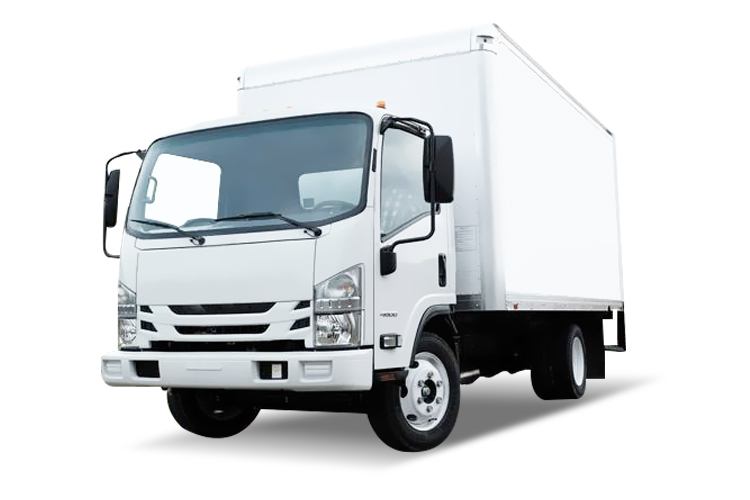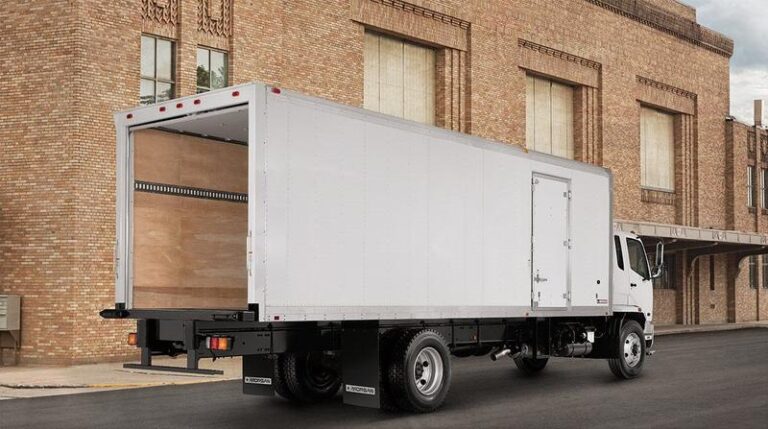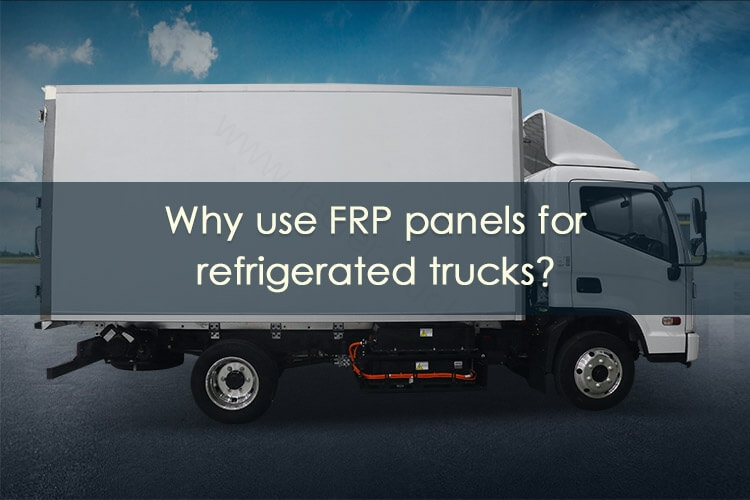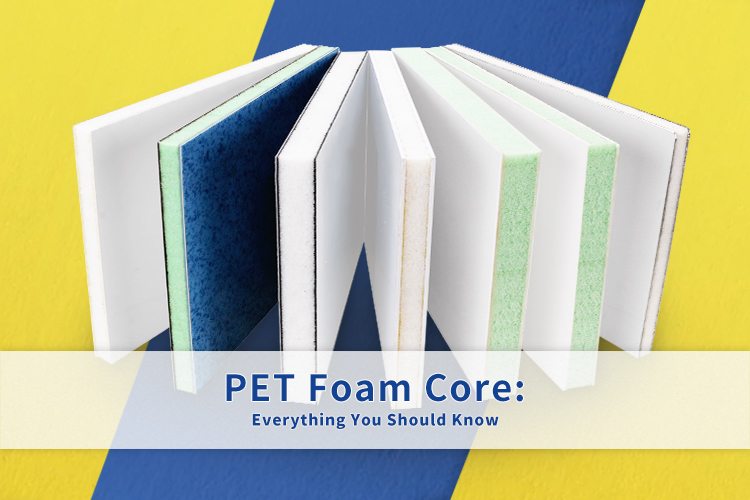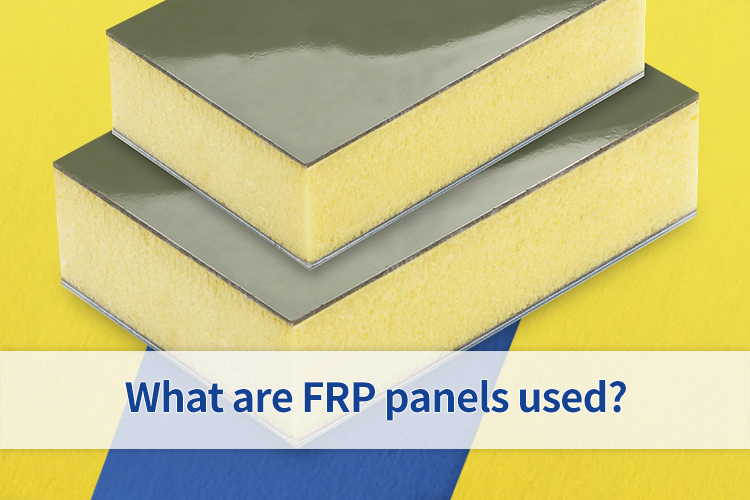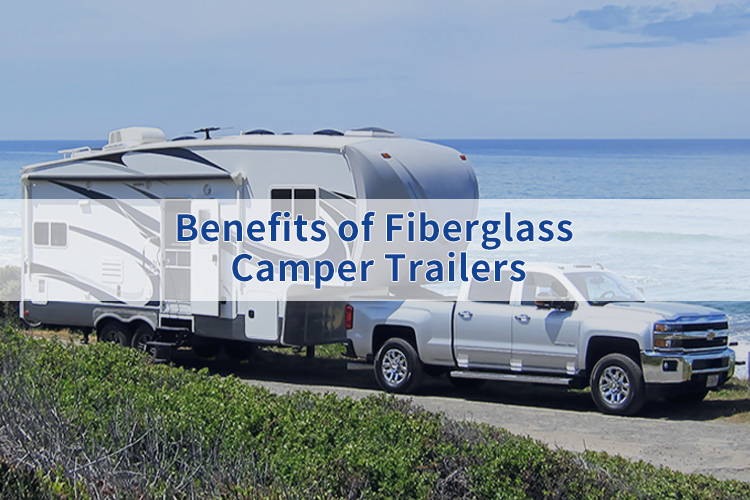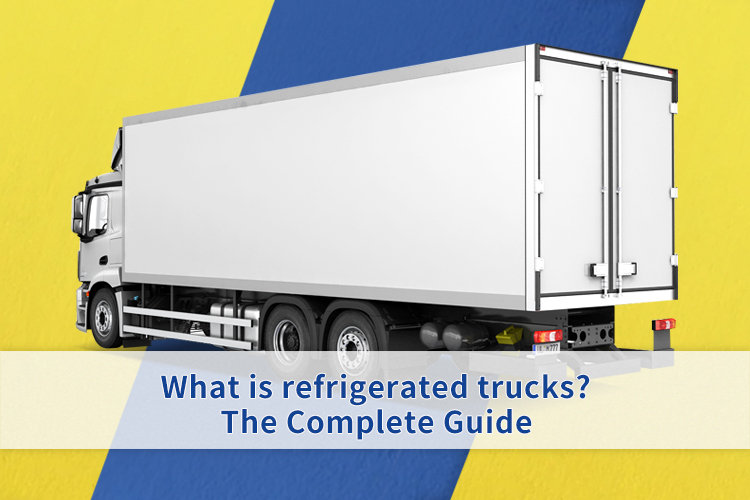궁극의 가이드: 드라이 밴과 박스 트럭의 차이점
Dry vans and box trucks are very different in terms of structure and space. Common dry trucks are 13 meters or 17.5 meters long. They are 세미 트레일러 that mainly transport large goods. These trucks primarily travel on highways in the United States and other leading countries. Box trucks have a box body and share a chassis. They have a small cargo capacity. Their lengths include 4.2 meters and 6.8 meters, which are ideal for short-distance transport.
Dry trucks and box trucks are quite different. Each has unique traits that enhance the modern logistics supply chain. This article describes the differences between the two.
What is a dry van?
A dry van is mainly for long-distance transportation; it is the construction of a closed cargo box in the form of a trailer. The common length is about 48 to 53 feet. A dry van gets its name because it doesn’t need temperature control. However, it offers complete protection from bad weather.
When transporting large quantities of goods, machinery, and pallets, the best choice is a dry van. It’s usually made from fiberglass PET or fiberglass plywood. It has a complex design and many accessories. Plus, it boasts a strong load-bearing and transportation capacity. Dry vans are ideal for intercontinental and long-distance transportation. Traditionally, dry vans had metal walls. This made them very durable. Now, they are mostly made of FRP composite materials. Dry vans are known for moving freight efficiently. They cut costs and reduce trips. This makes them vital for today’s logistics.

박스 트럭이란 무엇인가요?
Box trucks share a chassis with the front end and compartments; they are also called straight trucks. Their dry trucks have the same cube shape and a fully closed cargo area. They come in lengths of 4.2 meters, 6.8 meters, and 7.9 meters. These trucks mainly transport dry goods without temperature control. However, many trucking companies also convert them into 냉장 트럭 차체 using fiberglass XPS foam.
Box trucks are easy to drive and do not require a CDL license; they are very flexible trucks that can travel freely within the city. Box trucks are great for fresh vegetable delivery, small parts delivery, and moving services. They often have a tail lift at the back and an E-track inside to keep cargo secure. They are multifunctional box trucks. They work well for urban distribution and can handle many tasks anytime and anywhere.
Our 이사 트럭 박스 utilizes similar fiberglass panels, offering durability for relocation services.

What is the difference between dry van and box truck?
Dry vans and box trucks are very different in terms of use, size, cargo capacity, and driving requirements, although there are some similarities in certain areas.
크기
Dry vans can be as long as 53 feet (about 16 meters) and hold loads up to 20 tons. This makes them ideal for high-volume shipments. They are the giants of trucks.
Box trucks are shorter and carry less than half the weight of a dry van.
구조
The dry van has a trailer design. Its cargo area connects to the semi-trailer chassis. A tractor drives it, and it has its own structure. The box truck is a one-piece vehicle, with the cargo box and cab fixed on the same chassis, which is more integral and independent in operation.
Convenience on
The box truck is very flexible. It measures between 4.2 and 8 meters long, making it easy to maneuver. This flexibility helps it move smoothly on city roads. Dry trucks work well for long trips. They are efficient, but they don’t maneuver easily in city traffic. Their turning radius is quite large.
Driving Requirements
To drive a dry truck, you might need a CDL (Commercial Driver’s License). This is because it has strict requirements and takes more training. On the other hand, box trucks can be driven with a regular driver’s license. They have lower requirements, so they can save you both time and money.
Fuel Consumption
Dry vans use a lot of fuel. Their engines typically range from 9 to 15 liters. They consume about 30 to 40 liters of fuel for every 100 kilometers driven.
The displacement of a box truck is mainly in 2.5–5 L, and the 4.2 m box truck is at 15 L/100 km. It is more fuel efficient.
| Comparison Aspect | Dry Van | 박스 트럭 |
| 크기 | Commonly 13m, 17.5m, up to about 16m. | Usually 4.2m, 6.8m, 7.9m. |
| 부하 용량 | Can reach over 20 tons. | Generally 2 – 10 tons, some up to 33,000 pounds. |
| 구조 | Semi – trailer, box detached from tractor. | Cab and box integrated. |
| 사용법 | For long – haul, bulk freight. | For urban, short – haul & small batches. |
| Driving License Requirement | Needs CDL. | Some need only regular license. |
Choosing a dry van or a box truck?
Dry vans and box trucks are both essential forms of transportation in logistics; there are no good or bad options. When you are getting started and considering, our 리퍼 트럭 대 드라이 밴 comparison can provide objective information for your reference.
- Long-distance freight transportation works well with dry vans. These vans hold more goods and have larger fuel tanks. This means you can drive farther without refueling. The compartments keep the goods safe, and there is plenty of space in the front for beds and amenities. Box trucks cover short distances and aren’t good for long trips without beds.
- Flexibility: Box trucks are much more flexible, shorter in length, easy to turn and park, and easy to load and unload. Dry vans have no flexibility to speak of; they are simply too big and very inconvenient to drive on city roads.
- Cost: Box trucks cost less, dry trucks cost more, but they are different in the scale of transportation; dry trucks are the more profitable ones. If your budget is not high, you can start running from a box truck first.
About Composite Box
We create professional van bodies. This includes box truck bodies and dry van semi-trailer bodies. Our bodies use fiberglass foam sandwich panels and a modular design. We can customize the van body design and make reefer and insulated trucks with temperature control. Choose us; we’re here for you! We are here to protect you.

